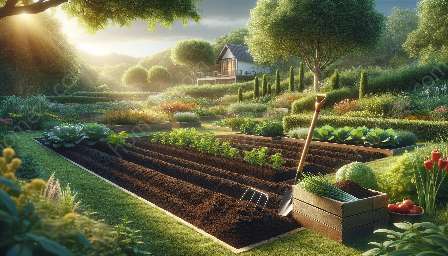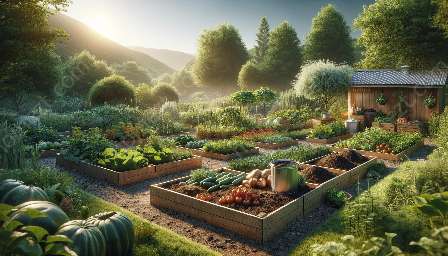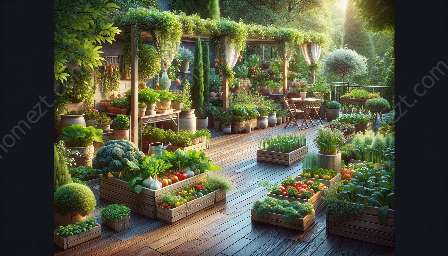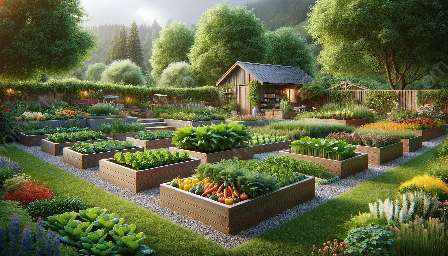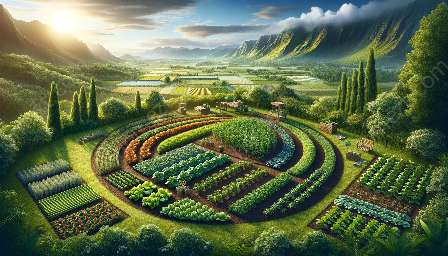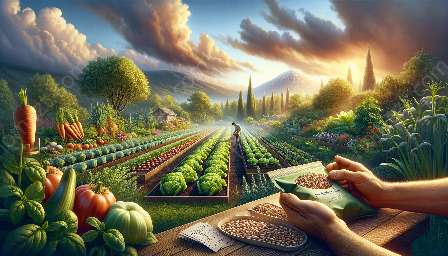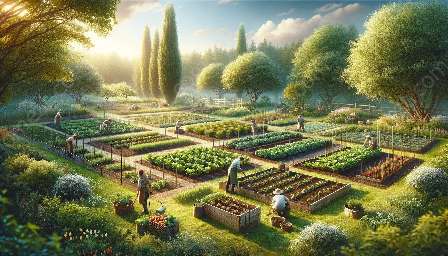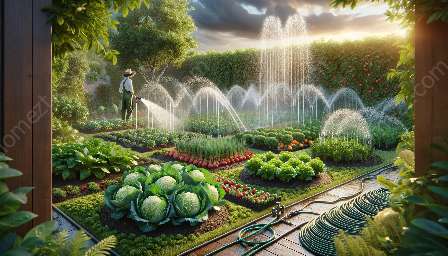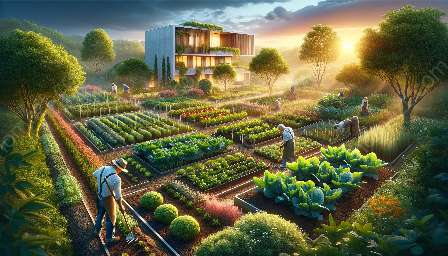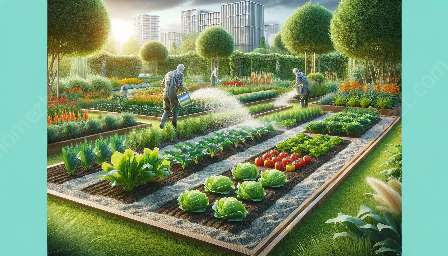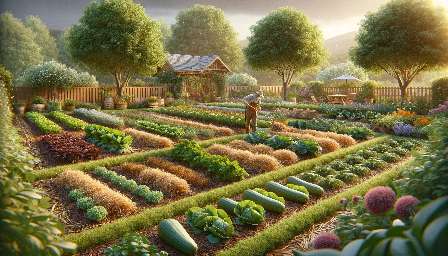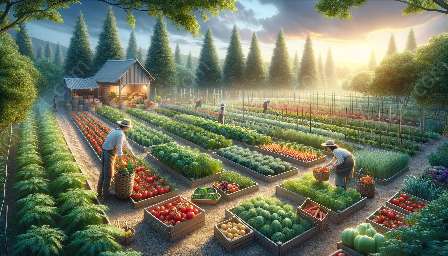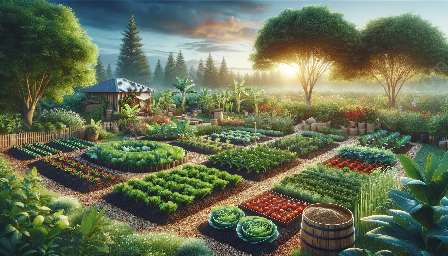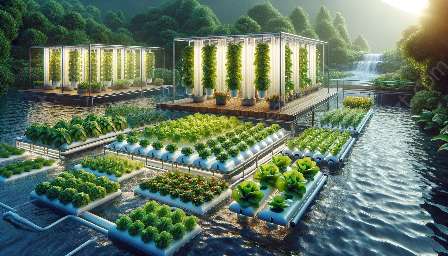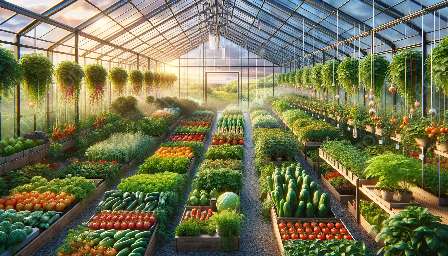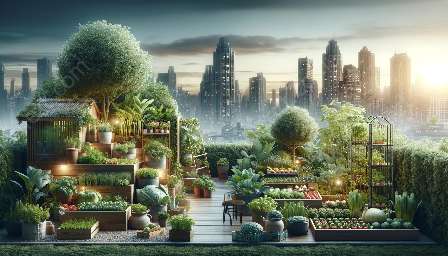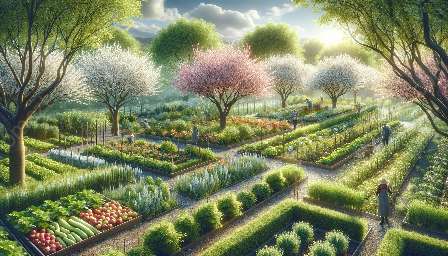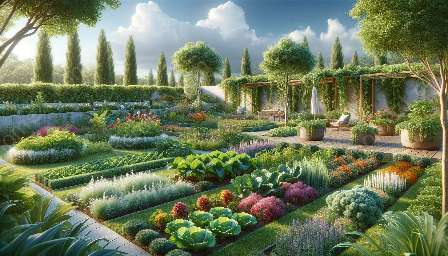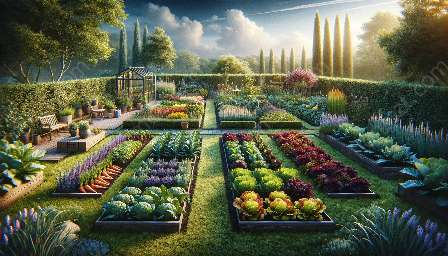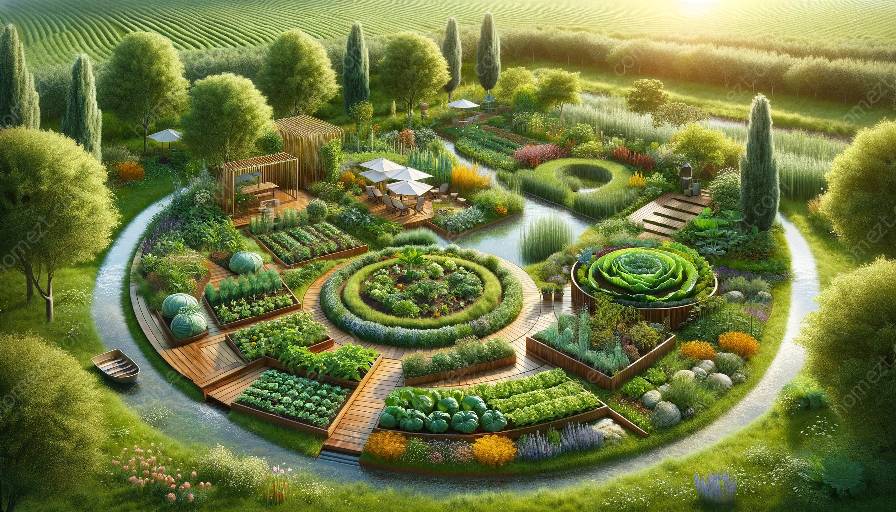Introduction
Permaculture is a design system that integrates sustainable agriculture, ecological principles, and community resilience. It is a holistic approach to creating thriving and regenerative systems that are compatible with nature's processes. When applied to vegetable gardens and gardening & landscaping, permaculture principles can lead to bountiful harvests, healthy ecosystems, and beautiful outdoor spaces.
Permaculture Principles
Permaculture is guided by a set of ethics and design principles that aim to minimize waste, use resources efficiently, and create self-sustaining systems. These principles include observing and interacting with nature, capturing and storing energy, obtaining a yield, applying self-regulation and accepting feedback, using and valuing renewable resources and services, producing no waste, designing from patterns to details, integrating rather than segregating, using small and slow solutions, and valuing diversity.
Permaculture in Vegetable Gardens
Applying permaculture to vegetable gardens involves mimicking natural patterns and processes to create productive and resilient growing spaces. This can include designing polyculture beds to improve biodiversity, implementing water harvesting and conservation techniques, building healthy soil through composting and mulching, and utilizing companion planting to deter pests and promote beneficial relationships between plants. Permaculture also emphasizes the importance of closed-loop systems, such as incorporating chickens for pest control and fertilization, and utilizing organic gardening practices to minimize environmental impact.
Permaculture in Gardening & Landscaping
Incorporating permaculture into gardening and landscaping involves creating functional and aesthetically pleasing outdoor spaces that benefit both people and the environment. This can be achieved through designing food forests that provide an abundance of edible plants, implementing water-efficient irrigation systems, using native and drought-tolerant plants to reduce water usage, and creating habitat for beneficial insects and wildlife. Permaculture also encourages the use of natural building materials, such as cob and straw bale, to construct sustainable structures within the garden and landscape.
Interconnections with Permaculture
Permaculture fosters an interconnected approach to producing a thriving garden environment. It encourages the utilization of diverse plant species to maximize ecological niches, reduce the reliance on synthetic inputs, and promote a healthy and balanced ecosystem. Moreover, permaculture emphasizes the importance of creating mutually beneficial relationships between the elements within the garden and landscape, such as integrating trees, shrubs, and ground cover to create microclimates, improve soil fertility, and conserve water.
Conclusion
Permaculture offers a transformative approach to vegetable gardening, gardening, and landscaping, promoting sustainable practices that are in harmony with natural systems. By embracing permaculture principles, gardeners and landscapers can create abundant, resilient, and beautiful outdoor spaces that support biodiversity, conserve resources, and enrich the well-being of both people and the planet.

